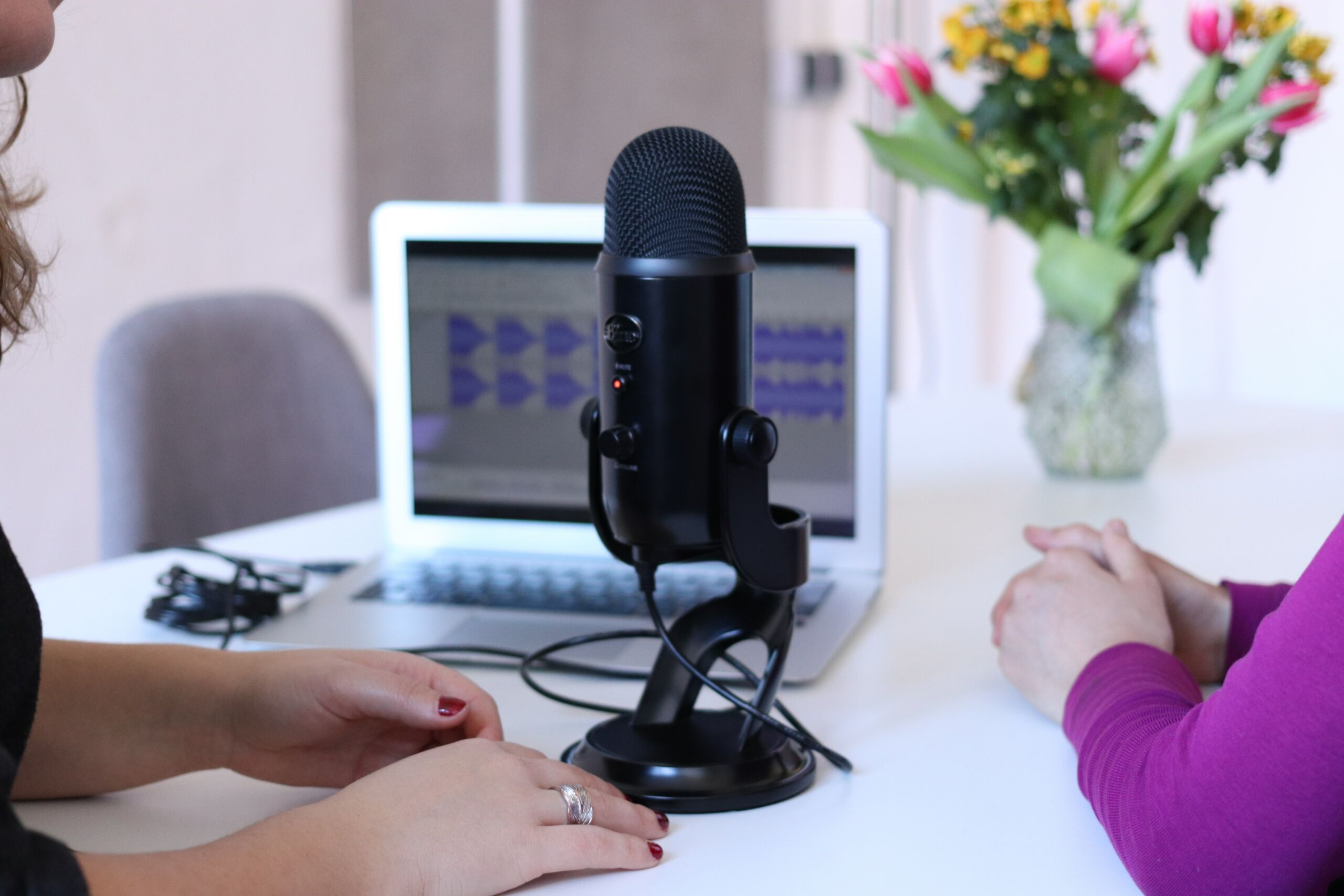
Working from home as a voice-over professional can be both rewarding and challenging. The good news is that technology has made it easier than ever to create professional-grade voice-over recordings from the comfort of your own home.
With the right equipment, software, and techniques, you can deliver top-notch voice-overs to clients all around the world.
In this article, we’ll explore some tips and strategies for working from home as a voice-over professional.
🎙️ Getting the Right Equipment
The first step to creating high-quality voice-overs from home is to invest in the right equipment. Here are some essential tools and hardware you’ll need:
-
Microphone: A high-quality microphone is the most important tool for any voice-over artist. You’ll want to invest in a condenser microphone with a large diaphragm for optimal performance. Some popular options include the Shure SM7B, Audio-Technica AT4053B, and Neumann TLM 103.
-
Pop Filter: A pop filter is a mesh screen that fits over your microphone and helps to reduce unwanted “popping” sounds when you speak. This can be especially helpful if you tend to say words that start with “P” or “B.”
-
Headphones: A good pair of headphones will allow you to monitor your recordings and ensure that you’re capturing the best possible sound. Look for headphones with a flat frequency response and good noise isolation.
-
Audio Interface: An audio interface is a device that connects your microphone and headphones to your computer. It’s essential for converting the analog signal from your microphone into a digital signal that your computer can process. Some popular options include the Focusrite Scarlett 2i2 and the Universal Audio Apollo Twin.
-
Recording Software: There are many recording software options available, and the one you choose will depend on your budget and preferences. Some popular options include Adobe Audition, Pro Tools, and Logic Pro X.
🎙️ Creating a Home Studio
Once you have the right equipment, it’s time to create a home studio where you can record your voice-overs. Here are some tips to help you set up a professional-grade home studio:
-
Choose a Quiet Room: Find a quiet room in your home where you can record without any background noise. If you can’t find a quiet room, consider using soundproofing materials to reduce unwanted noise.
-
Set Up Acoustic Treatment: Acoustic treatment involves adding materials to your recording space to reduce echoes and reverberation. This can help to create a more professional-sounding recording. Some common acoustic treatment options include foam panels, diffusers, and bass traps.
-
Use Proper Mic Placement: To get the best sound quality, it’s important to position your microphone correctly. You’ll want to place it about 6-8 inches away from your mouth and slightly off to the side.
🎙️ Dress the Part
When you’re working from home, it can be tempting to spend the day in your nightgown. However, dressing professionally can help you get into the right mindset for recording voice-overs. Here are some tips for dressing the part:
-
Wear Comfortable Clothing: While you’ll want to dress professionally, it’s also important to be comfortable. Avoid tight or restrictive clothing that could affect your breathing or posture.
-
Avoid Noisy Clothing: Be mindful of any clothing that might make noise, such as bracelets or jangly earrings. These sounds can be picked up by your microphone and can ruin an otherwise good recording.
🎙️ Speak with Confidence
When you’re recording voice-overs, it’s important to speak with confidence and clarity. Here are some tips to help you achieve a clear and confident voice:
-
Enunciate Your Words: Make sure to enunciate your words clearly, especially if you’re working with an accent or dialect.
-
Speak at a Steady Pace: Avoid rushing through your script. Speak at a steady pace, allowing your words to flow naturally.
-
Pause for Breath: Take deep breaths before starting a recording and pause for breaths as needed. This can help you to maintain a steady pace and avoid sounding breathless or rushed.
🎙️ Practice, Practice, Practice
Practice is key to becoming a successful voice-over professional. Here are some tips to get you started:
-
Read Aloud: Read aloud regularly to help improve your vocal delivery and pacing. Try reading books, articles, or scripts to practice your skills.
-
Record Yourself: Record yourself reading scripts or other material to help identify areas for improvement. Listen back to your recordings and take note of areas where you can improve your delivery.
-
Get Feedback: Ask for feedback from colleagues or friends who have experience in the voice-over industry. They can help you to identify areas where you need to improve and offer tips for refining your skills.
🎙️ Final Thoughts
Working from home as a voice-over professional can be both rewarding and challenging. With the right equipment, software, and techniques, you can deliver top-notch voice-overs to clients all around the world.
Remember to invest in the right equipment, create a home studio, dress professionally, speak with confidence, and practice regularly to refine your skills. With dedication and hard work, you can build a successful career in the voice-over industry from the comfort of your own home.
🌟🎙️ Learn How You Can Train Online to be a Home-Based Voice Over Artist!
*********************************************













